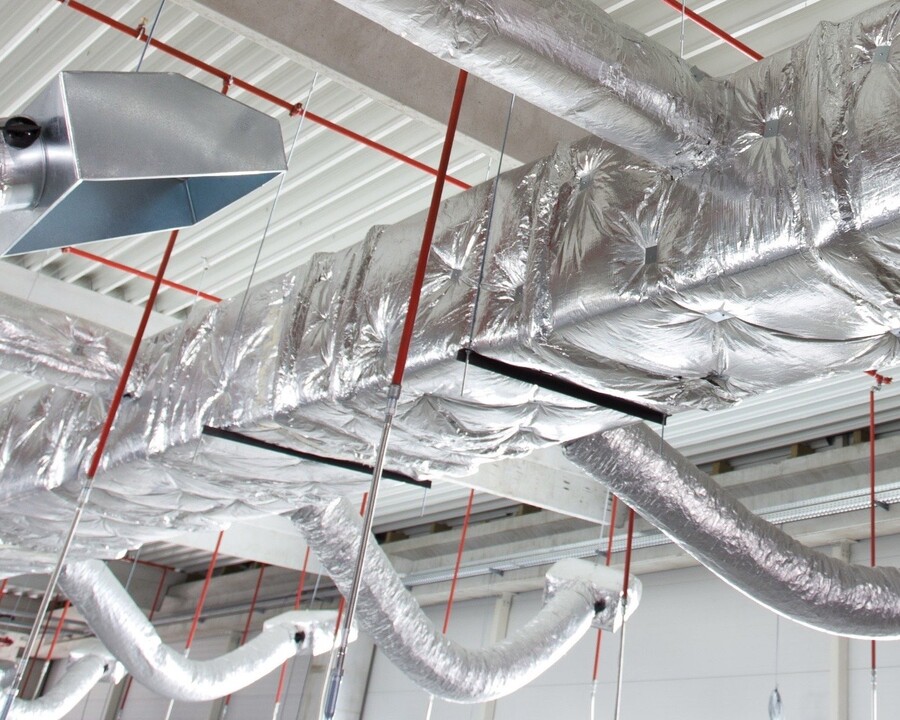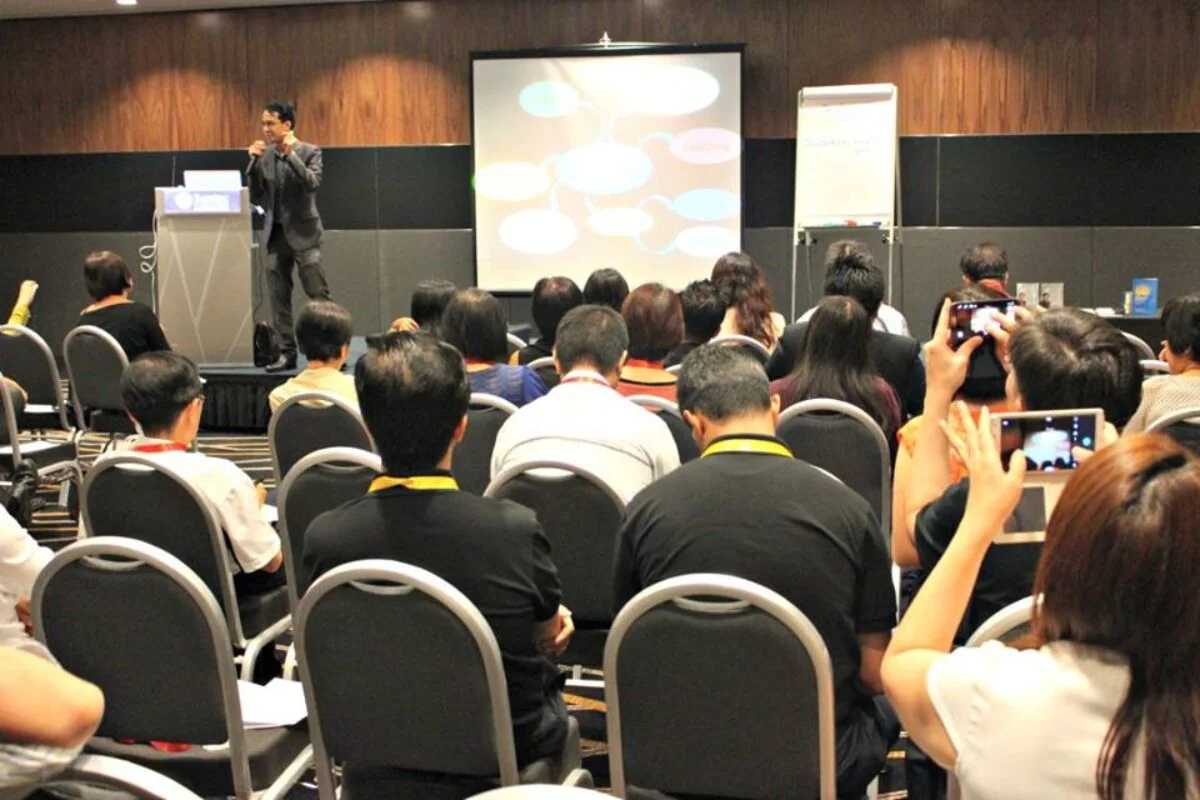The significance of effective fire stopping installation in modern architecture cannot be overstated. With the increasing complexity of building designs and materials, ensuring fire safety through proper compartmentation is essential. As fires can spread rapidly through hidden spaces, implementing cavity fire barrier solutions is becoming crucial. These barriers not just avoid the movement of smoke and flames but also help protect structural integrity, giving occupants vital time for you to evacuate. Understanding how these solutions have evolved is key to appreciating their role in contemporary safety measures within buildings. Historically, fire safety measures focused primarily on active systems, such as sprinklers and alarms. However, there has been a significant shift towards passive fire stopping solutions offering continuous protection. Fire stopping companies now offer a number of options built to work seamlessly with architectural designs. Cavity wall fire safety systems have emerged as effective techniques to compartmentalize spaces, permitting safer buildings. By integrating these systems into new constructions, architects and builders can better safeguard lives while staying with stringent building codes. Are you searching about compartmentation fire safety systems? Go to the before described website.
The introduction of fire-resistant cavity barriers has revolutionized how fire compartmentation is approached. These barriers are engineered to withstand high temperatures and block the spread of fire, creating effective fire compartments. As fire compartmentation services continue to advance, they now encompass a broader selection of applications, including cavity fire barriers for commercial buildings. The focus has shifted from merely complying with safety regulations to actively enhancing fire safety through innovative design and materials. As a result, the performance and reliability of the systems have improved significantly. In the realm of firestop protection, various materials and technologies have now been developed to deal with specific fire risks. These advancements include intumescent paints, sealants, and specialized barrier materials that expand under heat, sealing off openings. Such innovations enable effective compartmentation fire safety systems which are adaptable to different building types and layouts. Furthermore, fire compartmentation solutions for buildings can now be tailored to meet unique safety needs, ensuring comprehensive coverage against potential fire hazards.
This flexibility makes it easier for architects and builders to integrate these solutions into their designs. The role of fire compartmentation contractors has additionally evolved in this landscape. These professionals are actually necessary to possess a greater comprehension of fire safety principles and the newest technologies. They must be acquainted with various installation techniques and able to implement fire stopping installation that meets or exceeds industry standards. Collaboration between architects, builders, and contractors ensures that fire safety measures are not an afterthought but an integral part of the construction process. This collaborative approach fosters a culture of safety and accountability in modern architecture. While the focus burning safety keeps growing, the evolution of cavity fire barrier solutions will probably progress further. Innovations will emerge to handle new challenges posed by modern building designs and materials. Increased awareness of fire risks will drive the demand for effective fire compartmentation solutions offering long-lasting protection. The continuing future of fire safety in architecture will hinge on the seamless integration of passive fire stopping systems, emphasizing prevention and safety. Ultimately, these hidden protectors play a crucial role in ensuring the safety and well-being of occupants in an increasingly complex built environment.





